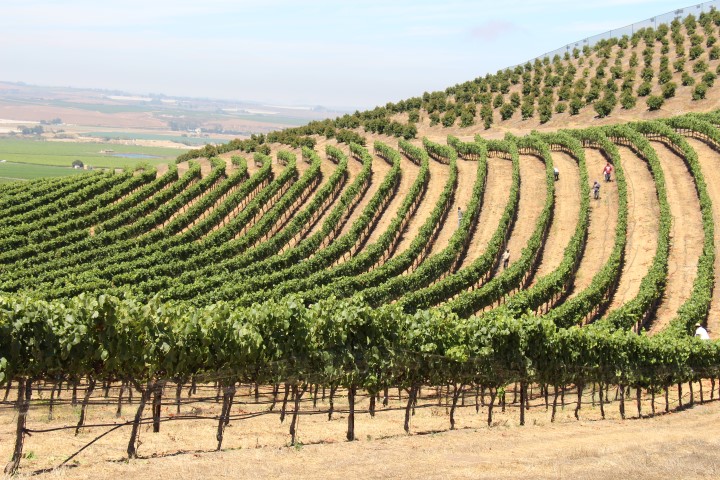
Malbec and the Evolution of Argentinian Wine Culture
Published on 2024-12-28 by Tom Anderson
Malbec, once a minor French varietal, has become the darling of Argentina’s ever-growing wine industry. Nestled in the picturesque vineyards of Mendoza, this grape has found its true calling, producing wines with robust flavors and an unmistakable depth. The journey of Malbec in Argentina began in the mid-19th century when the grape was brought over from France. The unique climate and soil conditions of Argentina, particularly in Mendoza, offered an ideal habitat for Malbec to thrive. With its high-altitude vineyards, ample sunshine, and varied terroir, Mendoza became the heartland of Malbec production, allowing the grapes to develop their full character.
Argentinian viticulture has grown substantially in the past few decades, evolving from a local industry into a dynamic player on the global stage. This evolution is largely attributed to Malbec's ability to capture the essence of Argentina’s diverse landscape. The wine offers a taste that is both uniquely Argentinian and reflective of its local terroir, often characterized by notes of plum, cherry, tobacco, and sometimes a hint of chocolate.
The rise of Malbec has also mirrored the broader growth of Argentina's wine culture. As winemakers began to focus more on quality than quantity, the country's reputation soared internationally. This shift was driven by a new generation of winemakers who embraced modern techniques and emphasized sustainable practices. The result was a more refined product that resonated well with wine enthusiasts around the world. Today, Argentina stands as the largest producer of Malbec globally, with Mendoza accounting for the vast majority of its production. The wine has become an integral part of Argentina’s cultural identity, often featured in social gatherings and culinary events that celebrate the country's rich traditions.
As Malbec continues to evolve, so too does the story of Argentina's wine industry, a testament to the power of innovation, tradition, and the undeniable allure of the grape that made it all possible.
